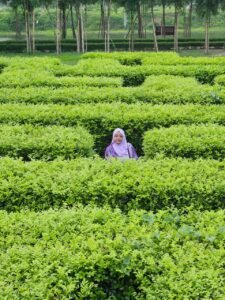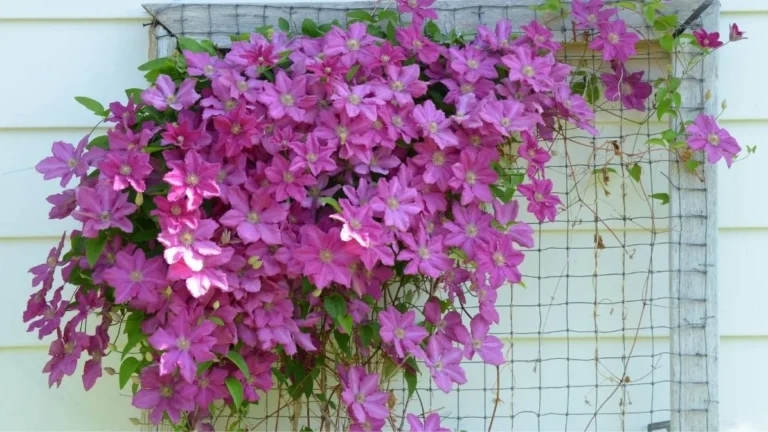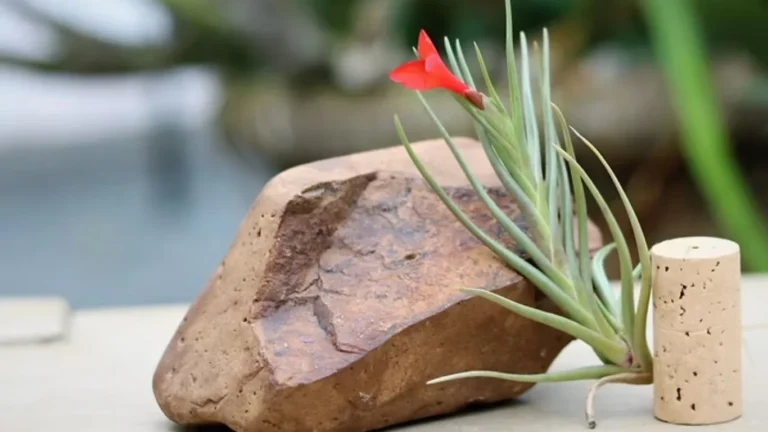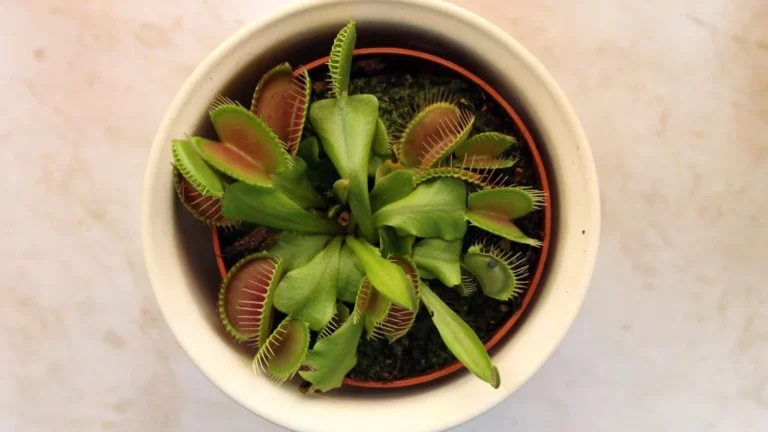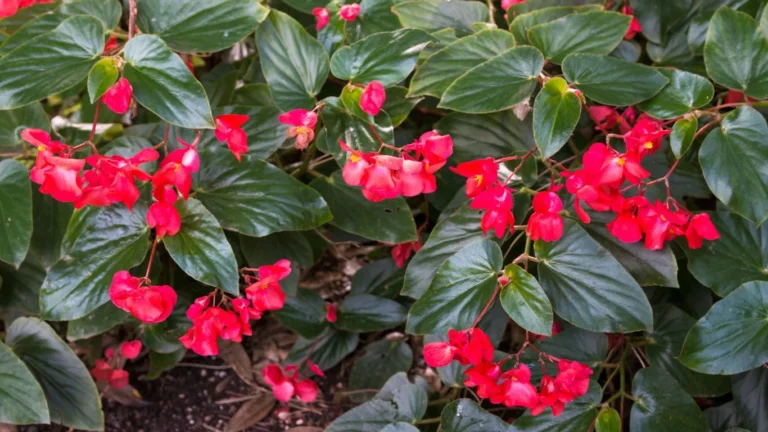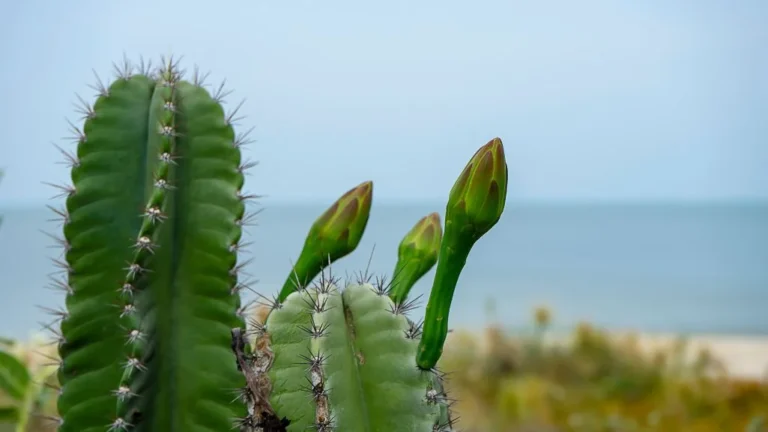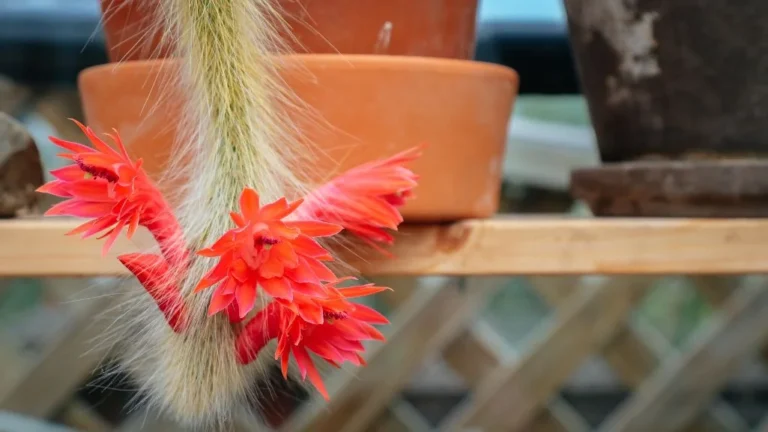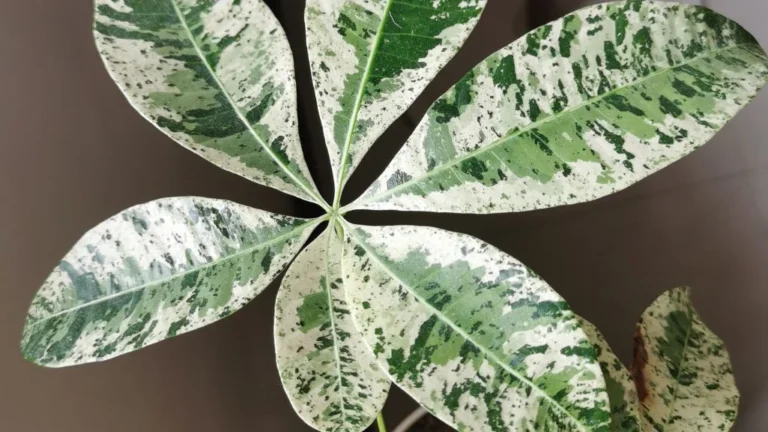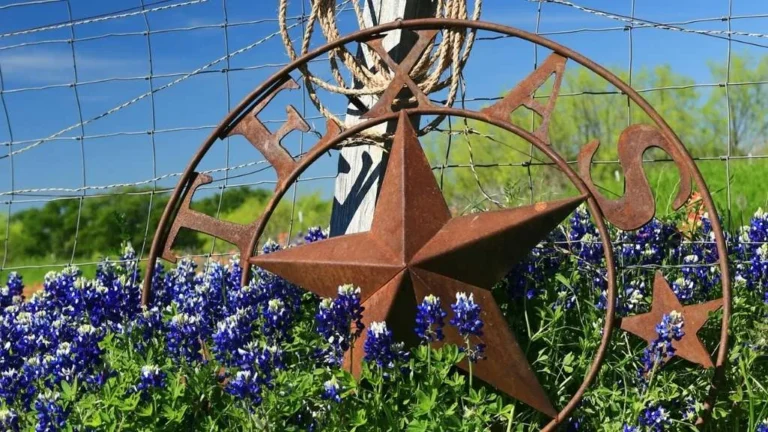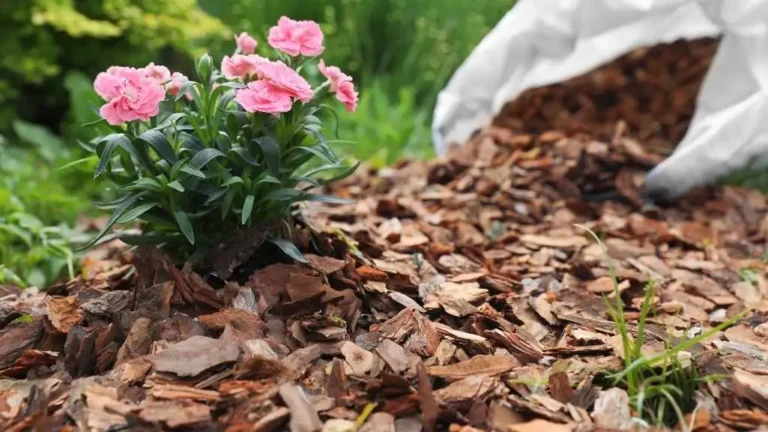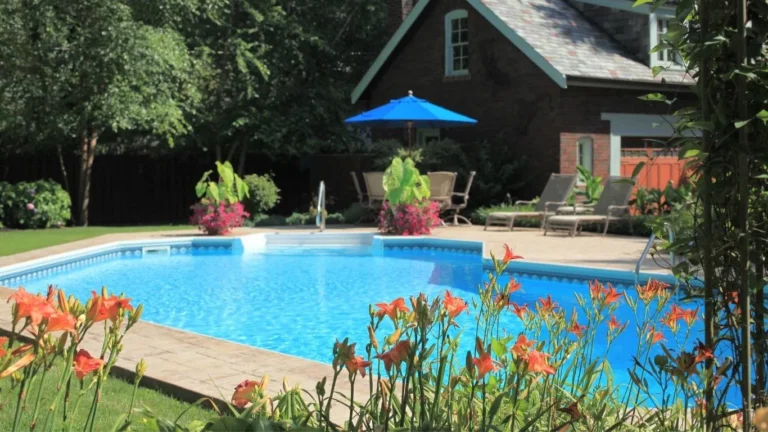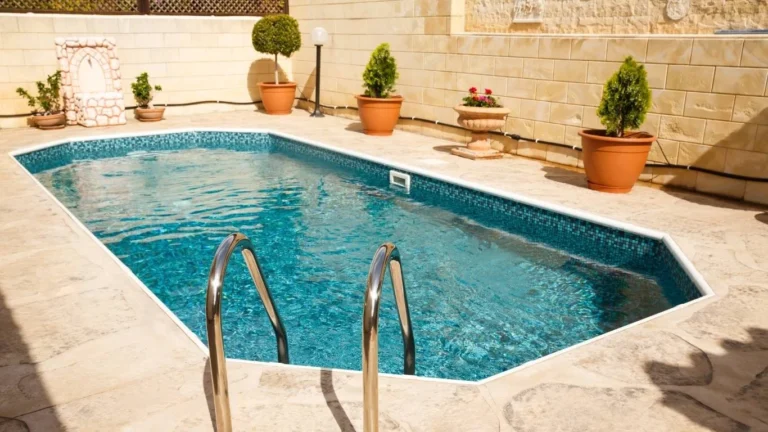If you’ve ever struggled with keeping plants alive in shady corners of your garden or faced the challenge of maintaining a lush landscape during dry spells, you’re not alone. Not all plants thrive in low-light or low-water conditions, but that’s where shade and drought-tolerant plants come in. These resilient green beauties are specially adapted to survive and even flourish in environments where sunlight is limited and water is scarce.
Choosing shade and drought tolerant plants is a smart and sustainable solution for both beginner and seasoned gardeners. Whether you’re working with a north-facing yard, a shaded patio, or regions with infrequent rainfall, these plants offer a low-maintenance way to create vibrant, healthy green spaces.
Ideal for eco-friendly landscapes and water-conscious homes, these plants reduce the need for constant watering and intensive care. By selecting species that are naturally suited for shady and dry conditions, you not only conserve resources but also enjoy a garden that stays beautiful with minimal effort.
In this guide, we’ll explore the many benefits of using shade and drought-tolerant plants, discover some of the best options available, and share care tips to help your garden thrive, even in the trickiest spots.
What Does It Mean to Be Shade and Drought Tolerant?
When we talk about shade and drought tolerant plants, we’re referring to a special group of plants that can handle two common gardening challenges: limited sunlight and minimal water. Understanding these traits can help you make smarter choices for a garden that thrives with less effort.
What Is Shade Tolerance?
Shade tolerance refers to a plant’s ability to survive and grow well in areas that receive little direct sunlight. These spots could be under large trees, along the side of a house, or in a north-facing garden bed. Shade-tolerant plants have adapted to gather light efficiently even in low-light conditions. They often have broader, thinner leaves to absorb as much light as possible and tend to grow slower than sun-loving varieties, which helps them conserve energy.
What Is Drought Tolerance?
Drought tolerance is the ability of a plant to survive extended periods without regular watering. Drought-tolerant plants have developed strategies to store moisture, reduce water loss, or draw water from deep within the soil. These features might include thick, waxy leaves, deep root systems, or the ability to go dormant during dry periods. This makes them ideal for areas with hot climates, water restrictions, or infrequent rainfall.
The Advantage of Both Traits Combined
Plants that are both shade and drought tolerant are incredibly valuable, especially in modern landscaping. Many shaded areas—such as under eaves, large trees, or buildings—also tend to be dry because they’re sheltered from rainfall. This combination of low light and limited moisture can be tough for most plants, but not for those specifically adapted to handle both.
For gardeners, this means fewer worries about constant watering or finding the “perfect” sunny spot. For landscapers, it opens up creative design possibilities in challenging spaces. Whether you’re filling in a woodland garden or beautifying a dry, shaded corner, shade and drought tolerant plants offer beauty, durability, and peace of mind.
Benefits of Shade and Drought Tolerant Plants
Choosing the right plants isn’t just about aesthetics, it’s also about working with your environment, conserving resources, and simplifying care. That’s where shade and drought tolerant plants truly shine. These hardy plants bring multiple benefits to gardeners, homeowners, and the planet alike.
One of the biggest advantages of shade and drought-tolerant plants is their ability to thrive with minimal watering. In regions where water is limited or during dry seasons, these plants reduce the need for irrigation. This not only cuts down your utility bills but also helps preserve local water resources, making your garden more eco-conscious and sustainable in the long run. For more expert tips on designing a water-efficient garden, explore the EPA WaterSense Gardening Tips.
Low Maintenance and Cost Savings
These plants are perfect for anyone who wants a beautiful garden without the constant upkeep. Because they’re adapted to handle both low light and dry soil, they don’t require frequent watering, fertilizing, or fuss. That translates into fewer hours spent maintaining your garden and more time simply enjoying it. Plus, with reduced reliance on irrigation systems, fertilizers, and pest control, you save money on gardening supplies over time.
Ideal for Challenging Garden Spots
Have a shaded area under a tree that stays dry all year? A narrow side yard with poor sunlight? Or a patio corner that barely gets any rain? These are often considered “problem areas” in traditional gardening, but not when you plant the right varieties. Shade and drought tolerant plants are specifically suited for these difficult spaces, turning dead zones into vibrant, living parts of your landscape.
Environmental Benefits
In addition to saving water and reducing chemical use, these plants support a healthier ecosystem. Many varieties attract beneficial insects, birds, and pollinators even in shaded areas. By choosing native or well-adapted species, you’re also helping maintain local biodiversity and reducing the carbon footprint associated with high-maintenance gardening practices.
Top Shade and Drought Tolerant Plants to Consider
Finding plants that are both beautiful and tough can feel like a challenge, especially when dealing with dry shade. Luckily, there are plenty of shade and drought-tolerant plants that can handle both conditions gracefully. Below is a list of popular choices, including both perennials (long-term staples) and annuals (seasonal charmers), along with care tips and growing advice.
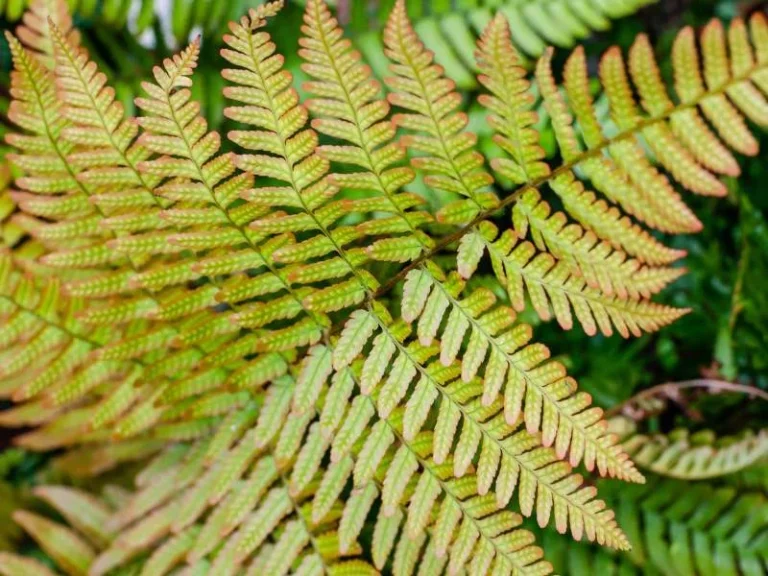
Autumn Fern (Dryopteris erythrosora) – Perennial
This low-maintenance fern offers coppery-orange new fronds that mature to deep green, adding texture and color to shaded areas.
Care Tips: Prefers moist, well-drained soil but can tolerate short dry spells once established.
Ideal For: Woodland gardens, shaded borders, or under trees.
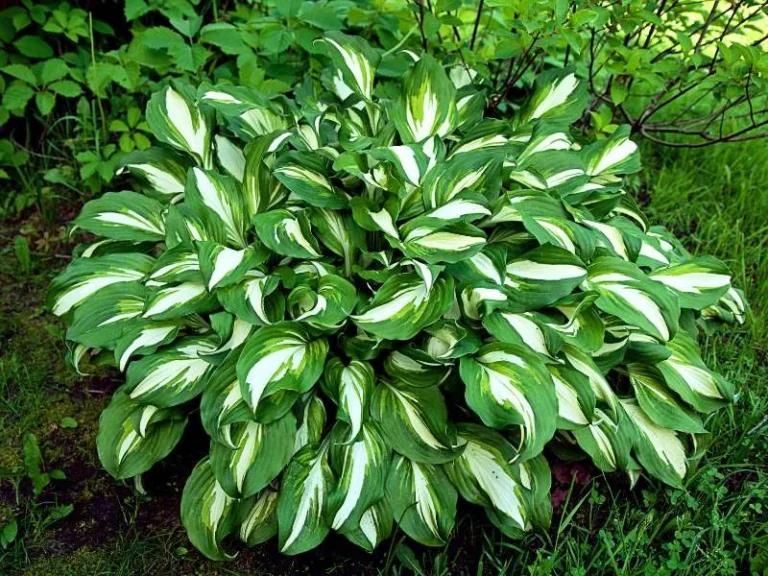
Hosta – Perennial
Known for its bold foliage, hostas come in various colors and sizes. While they love shade, mature plants can tolerate dry conditions.
Care Tips: Mulch well to retain soil moisture. Choose thicker-leaved varieties for better drought resistance.
Ideal For: Shaded beds, borders, and foundation plantings.
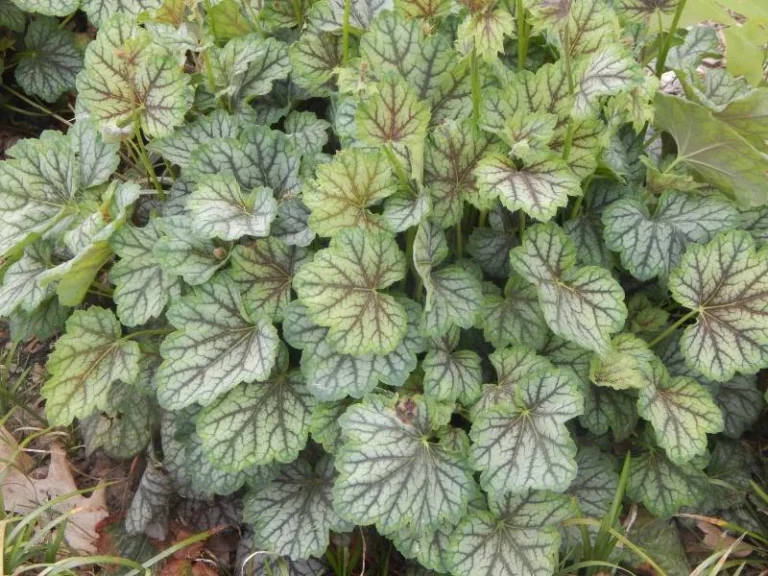
Heuchera (Coral Bells) – Perennial
Grown for its vibrant foliage in shades of burgundy, lime, or silver. Some varieties also bloom with delicate flowers on tall spikes.
Care Tips: Thrives in partial to full shade and well-drained soil. Once established, it tolerates dry spells.
Ideal For: Accent planting, containers, or mass plantings in shade.
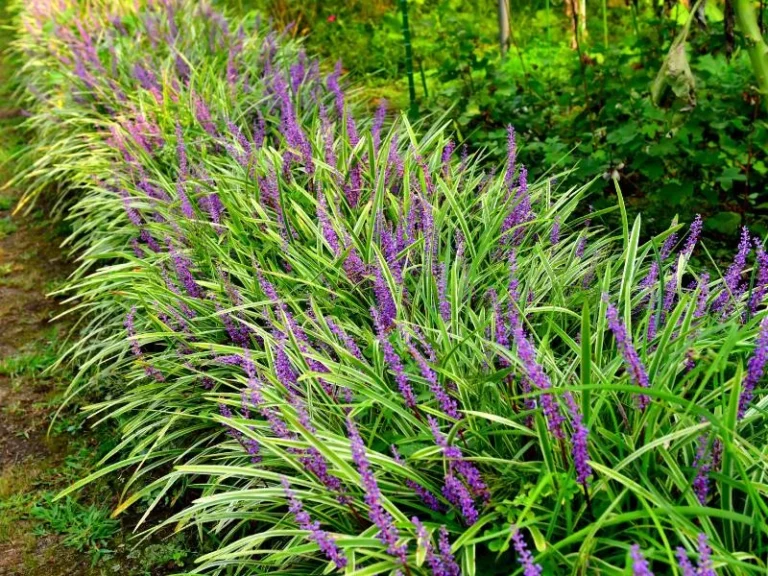
Liriope (Lilyturf) – Perennial
A grassy, clumping plant with spikes of purple or white flowers. It forms excellent ground cover in dry shade.
Care Tips: Drought-tolerant, low-maintenance, and adaptable to various soil types.
Ideal For: Edging, walkways, and shaded slopes.
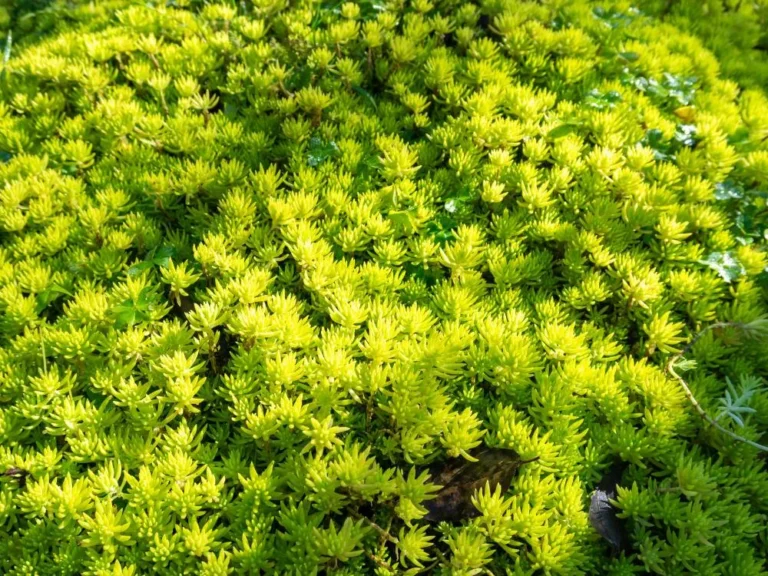
Sedum – Perennial
Often considered a sun-loving succulent, some low-growing sedums (like Sedum ternatum) can thrive in partial shade.
Care Tips: Needs excellent drainage; thrives in dry soil.
Ideal For: Rock gardens, dry slopes, or borders with dappled shade.

Lavender – Perennial in warm climates / Annual in cold zones
A fragrant plant with silvery leaves and purple blooms, lavender is known for its drought resistance. Some varieties tolerate partial shade.
Care Tips: Needs well-drained soil and low humidity. Avoid overwatering.
Ideal For: Herb gardens, borders, and containers in partial sun.
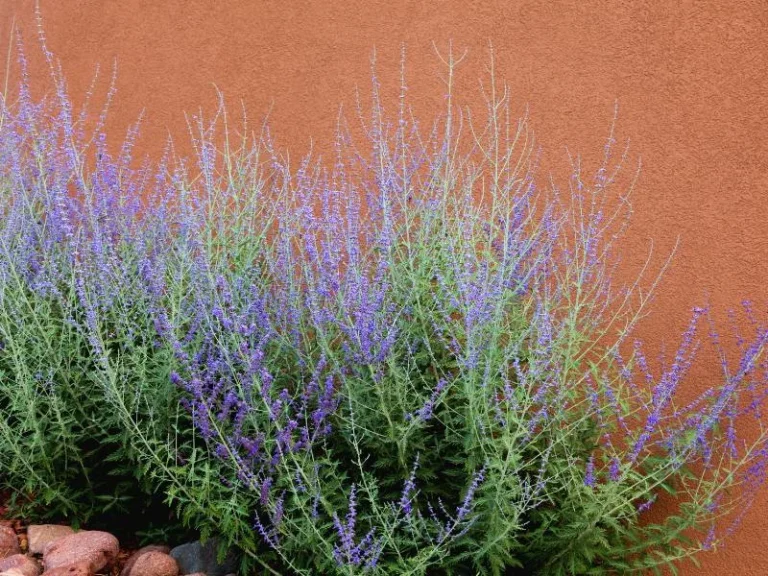
Cstar55/ Getty Images Signature
Russian Sage (Perovskia atriplicifolia) – Perennial
Offers airy, lavender-blue flowers and silvery foliage. It can tolerate light shade, especially in hot climates.
Care Tips: Once established, it thrives on neglect. Avoid soggy soil.
Ideal For: Mixed perennial beds, cottage gardens, and dry borders.
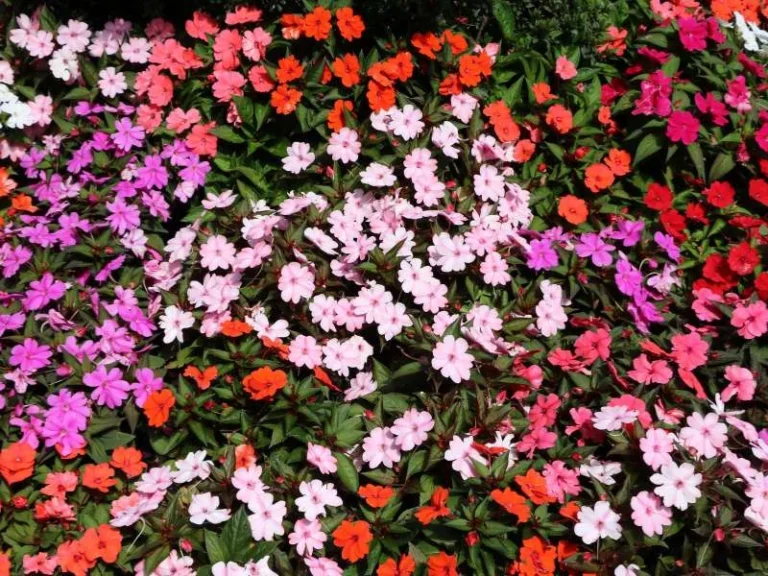
Impatiens (New Guinea types) – Annual
One of the few shade-loving annuals that also handle some dryness. Offers bright, cheerful blooms.
Care Tips: Water when the top inch of soil feels dry, but don’t overdo it.
Ideal For: Hanging baskets, pots, and shady spots needing color.
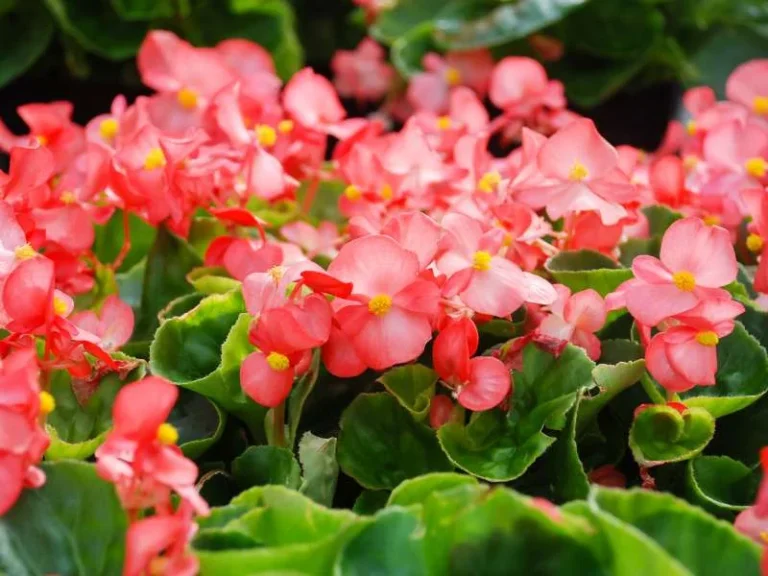
Begonia – Annual or tender perennial
With lush leaves and long-lasting flowers, begonias are surprisingly resilient in dry shade once settled.
Care Tips: Provide some humidity and occasional watering.
Ideal For: Window boxes, containers, or shaded garden beds.
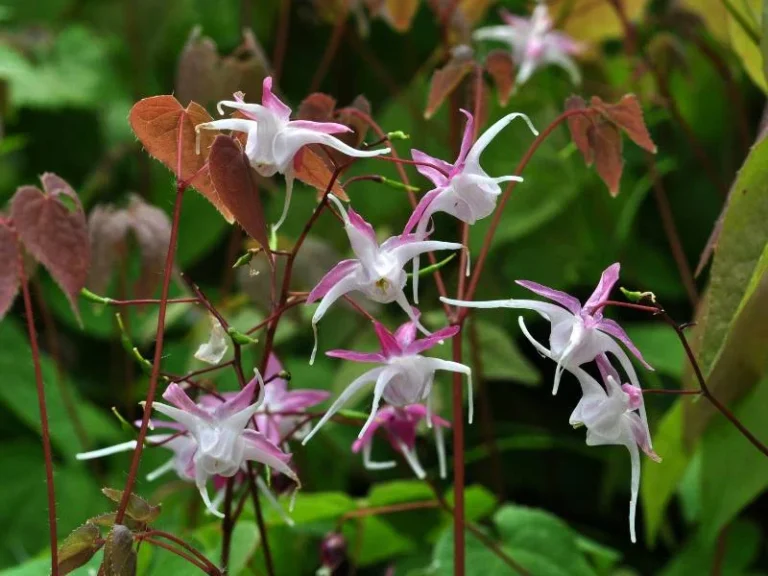
Epimedium – perennial
A tough, low-growing perennial with heart-shaped leaves and delicate spring flowers, perfect for dry shade under trees.
Care tips: Plant in well-drained soil and water moderately during the first growing season; once established, it thrives with minimal care and tolerates dry shade well.
Ideal for: Shady garden beds, dry areas under trees, woodland gardens
By choosing a mix of these shade and drought tolerant plants, you can create a lush, colorful garden even in areas where many plants would struggle. Whether you’re looking for foliage texture, vibrant blooms, or hardy ground covers, there’s a plant on this list that fits the bill.
How to Care for Shade and Drought Tolerant Plants
While shade and drought tolerant plants are naturally hardy, a little thoughtful care can help them thrive and look their best. Whether you’re growing them in a shaded corner or dealing with inconsistent rainfall, following a few smart tips will keep your plants healthy and attractive.
💧 Watering Tips: Finding the Right Balance
Even drought-tolerant plants need water, especially when they’re newly planted.
- Initial stage: Water regularly during the first few weeks to help roots establish. Deep watering is better than frequent shallow watering.
- Established plants: Once the roots are settled, reduce watering. These plants prefer to dry out a bit between waterings.
- Check moisture: In shady spots, soil tends to stay moist longer. Always check the soil before watering to avoid overwatering, which can lead to root rot.
Pro tip: Use a moisture meter or your finger to test the top 1–2 inches of soil before watering.
🌱 Soil and Mulching Advice for Shade Areas
The right soil and mulch can make a big difference, especially in areas that are both shaded and dry.
- Soil: Well-draining soil is key. Amend heavy clay or compacted soil with compost, pine bark, or sand to improve drainage and aeration.
- Mulching: Apply 2–3 inches of organic mulch like bark chips, shredded leaves, or compost. Mulch helps retain moisture, regulate temperature, and suppress weeds—especially helpful in dry shade.
💡 Avoid
Letting mulch touch plant stems directly; it can trap moisture and lead to fungal issues.
Fertilizing Tips: Less Is More
Shade and drought tolerant plants don’t need a lot of feeding, but occasional nutrients can boost their health.
- Timing: Feed once or twice during the growing season (spring and midsummer).
- Type: Use a balanced, slow-release fertilizer or compost to avoid overwhelming the plant.
- Avoid over-fertilizing: Too much fertilizer can lead to weak, leggy growth—especially in low light.
Common Problems and How to Avoid Them
Even tough plants can face issues without the right care. Here are a few to watch for:
Problem | Cause | Prevention / Fix |
Yellowing leaves | Overwatering | Check soil moisture before watering |
Root rot | Poor drainage | Improve soil with amendments and mulch smartly |
Leggy growth | Too much shade or excess fertilizer | Prune lightly and cut back on feeding |
Pests like slugs/snails | Moist, shaded environments | Use copper tape, diatomaceous earth, or organic slug traps |
Caring for shade and drought tolerant plants is mostly about observing your environment and adjusting accordingly. With just a little effort and the right setup, your garden can flourish even in tricky spots.
Common Mistakes to Avoid with Shade and Drought Tolerant Plants
While shade and drought tolerant plants are known for their resilience, some common missteps can undermine their natural strengths. Whether you’re a beginner gardener or just new to landscaping in dry, shaded areas, avoiding these mistakes can make all the difference in your plant’s health and your garden’s success.
💦 1. Overwatering Drought-Tolerant Plants
This is one of the most frequent and damaging mistakes. These plants are adapted to survive with minimal water, and excess moisture can actually harm them.
- What goes wrong: Overwatering leads to soggy roots, fungal issues, and root rot.
- What to do instead: Let the soil dry out between waterings. For most shade and drought-tolerant plants, deep but infrequent watering is best.
- Pro tip: Always check the soil moisture before watering, especially in shaded areas where evaporation is slower.
🌞 2. Planting in Full Sun or Poor Soil
Just because a plant is drought tolerant doesn’t mean it can thrive in all conditions.
- Too much sun: Many drought-tolerant plants used for shade will suffer under direct, harsh sunlight. Their leaves may scorch or wilt.
- Poor soil quality: While they can tolerate dry soil, they still need well-draining and moderately rich soil—not compacted clay or nutrient-poor sand.
- Smart solution: Match the plant to the site. If a plant prefers dappled light or filtered shade, don’t place it in an open, sunbaked area.
🌱 3. Ignoring Soil Drainage Needs
Drainage is a critical factor—especially in shaded spots where water tends to accumulate.
- Issue: Standing water or soggy soil suffocates roots, even in drought-resistant species.
- Check for drainage: Dig a small hole and fill it with water. If it takes more than a few hours to drain, improve the soil.
- Fix it: Add compost, aged bark, or coarse sand to heavy soil to improve texture and drainage.
Avoiding these common pitfalls can make your garden not only more beautiful but also more self-sustaining. By respecting the natural strengths of shade and drought tolerant plants, you’ll create a thriving, low-maintenance space that lasts season after season.
Choosing shade and drought tolerant plants is a smart, sustainable way to create beautiful gardens that thrive even in challenging conditions. These plants not only conserve water and reduce maintenance but also add rich textures, colors, and life to shaded and dry areas where other plants may struggle.
If you’re looking to build a garden that’s both eco-friendly and eye-catching, incorporating these hardy species is a fantastic place to start. Whether you have a shady patio, a dry corner under trees, or just want to cut down on watering, shade and drought tolerant plants offer versatility and resilience.
I’d love to hear from you—what are your favorite shade and drought tolerant plants? Or do you have any special gardening tips for caring for them? Share your experiences below and let’s grow a community of green thumbs passionate about sustainable gardening.

